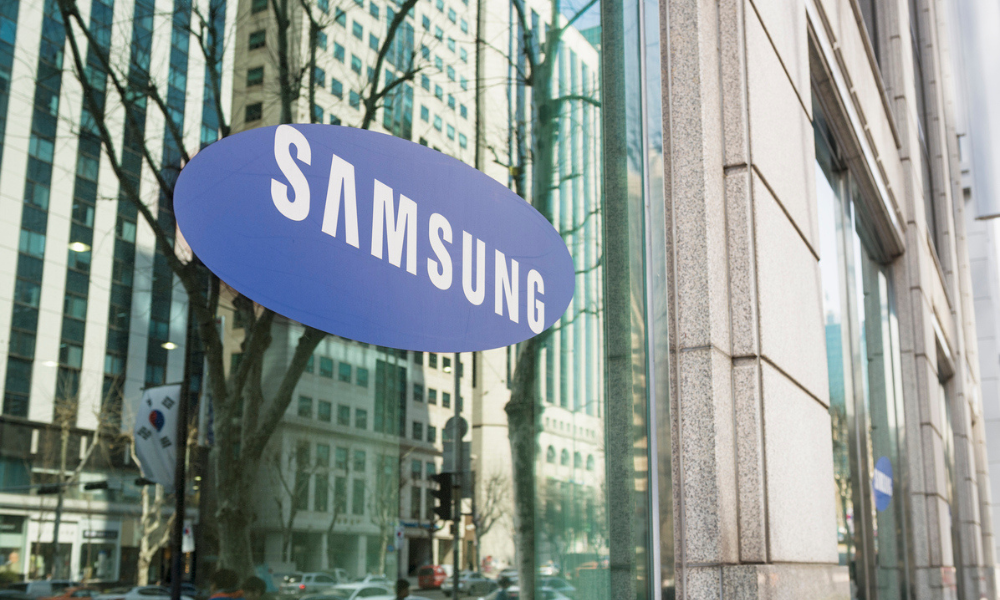Poll finds engagement stalling as employees feel 'detached' from employers

Employee engagement in the United States has stagnated at 33%, reflecting a slight decline from the midyear peak of 34%, according to Gallup's recent survey.
The annual snapshot of U.S. employee engagement has shown a fluctuating pattern, reaching its peak at 40% in 2020 before witnessing a decline in subsequent years. The current figure of 33% falls behind the high recorded in 2020 and the peak of 36% in the same year.
The engagement levels had witnessed a steady increase over the last decade, but the second half of 2021 marked a turning point, with a low of 32% in 2022.
"In 2023, employees in the U.S. continued to feel more detached from their employers, with less clear expectations, lower levels of satisfaction with their organization, and less connection to its mission or purpose, than they did four years ago," said Jim Harter, Chief Scientist, Workplace Management & Wellbeing at Gallup, on their website.
Actively disengaged employees
The statistics are significant as each percentage point shift in engagement represents approximately 1.6 million full- or part-time employees in the U.S, according to Gallup, noting that the economic impact of disengagement accounts for approximately $1.9 trillion in lost productivity nationally.
Meanwhile, the survey results also show a decline in actively disengaged workers from 18% in 2022 to 16% in 2023. However, the prevalence of not engaged employees, categorised as "quiet quitting," stands at 50%.
The engagement ratio of engaged to actively disengaged workers has improved to 2.1-to-1 in 2023, up from 1.8-to-1 in the previous year, yet it falls short of the record high ratio of 2.7-to-1 in 2019.
Role clarity for improved employee engagement
The survey also revealed that the "most fundamental" engagement element of role clarity has seen a decline.
Knowing what is expected at work increased by three percentage points since 2022 but has decreased since midyear.
"Having materials and equipment and having the opportunity to do what you do best also increased for the year (two points), but both decreased since midyear," Harter said.
This lack of clarity could pose a substantial challenge for organisational leaders, according to the report, as role clarity is known to impact productivity, employee retention, safety, customer engagement, and overall employee well-being.
Younger workers, under 35, have seen a modest increase in engagement by two points in the past year but still behind their 2020 peak levels by five points, according to the report.
The decline in role clarity is particularly acute among younger workers, with only 45% stating they clearly know what is expected of them at work.
Workers aged 35 and older have experienced minimal change, still significantly trailing behind their 2020 peak levels on satisfaction with their company, clarity of expectations, and the opportunity to do what they do best.







